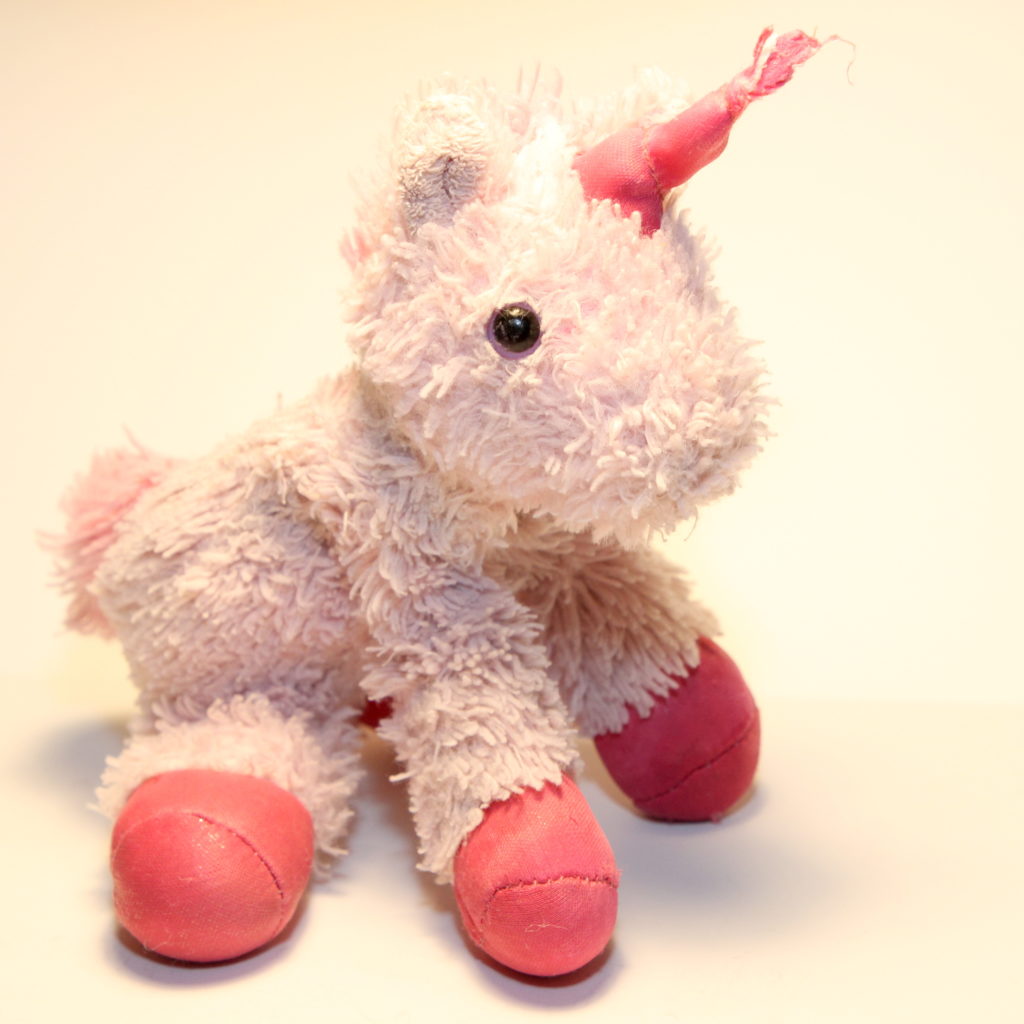Professional lessons we can learn from Plushies
In the toy chest realm, there are many job roles and responsibilities that are assigned to different toys, or kinds of toys. The levels of “skills” and “how equipped” each toy has to perform its duties varies. All not too dissimilar to career professionals.
Take LEGO building blocks for example. They are tasked to encourage imagination, problem solving, and physical dexterity. The molded plastic structures are well designed for reliable and repeatable inter-connectivity. By nature of mechanical design, LEGO blocks are well suited for harsh environments that subject heat (hot car), water (bath tubs, sinks), and physical stress (don’t try stepping on one!).
Many other kinds of toys follow the same job roles and in-built traits that help fulfull those responsibilities: die cast cars, Lincoln Logs, Mr. Potato Head, etc.
Then we come to the stuffed toys, or plushies. Honestly the world of plushies could be discussed as one of their own, but for now let’s just simplify the genre as a general group.
When a kid is given (or finds) a plushie, a job assigned to that plushie is to encourage imagination. But it’s also assigned a role of emotional and morale support. Or maybe its assigned a static decorative item to spend most of its days safe on a shelf. A lot of it comes down to the client (the child).
That plushie might have to “work” long hours and be on-call at nights. Or defend as night watch and doze during the day. It may be carried along everywhere and possibly left anywhere.
The design and equipping of plushies somewhat contractracts itself. Most are fabricated with soft materials to appeal to senses, but the porous, absorbent fabrics don’t stand a chance against unwanted interactions with liquid substances. Soft feely materials don’t hold up well against rigorous cleaning cycles, so wear and tear is very present and observable.
Despite those head winds, plushes fulfill their duties very well. They are loved well by their owners. And they become “well loved”. Like “Pur-See” in my own home:

Which brings up one other important design and equipping detail on plushes: they are very prone to damage. A loved but soiled plush requires a gentle cleaning approach because while a plush can be physically replaced, its “not the same”.
What can we learn from plushes:
- Core competencies do not fully detail someone’s ability to deliver.
- A person’s capability to fulfill responsibilities are not limited to the equipping and skill-set present when they start the job.
- Unexpected challenges on project objectives are best met with systematic strategies and due diligence to arrive to most appropriate corrective actions provided the circumstances and risk assessment/mitigation.
- While you can always look for another (developer, engineer, analyst, assistant, <job role> ) to fill a vacant position, you know it won’t be the same as working with Jeff, Jennifer, or Justin.
- On the flip side, you can build in redundancy by cross-training your team members, keeping contact with dependable people in your network, and being ready to bring in additional help. After recently surviving an uhm… incident, “Pur-see” will soon have a twin sister and cousin.